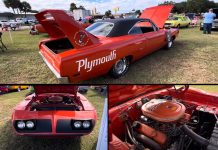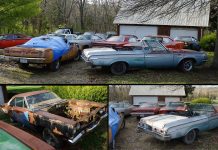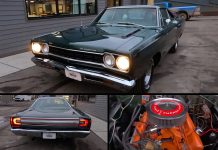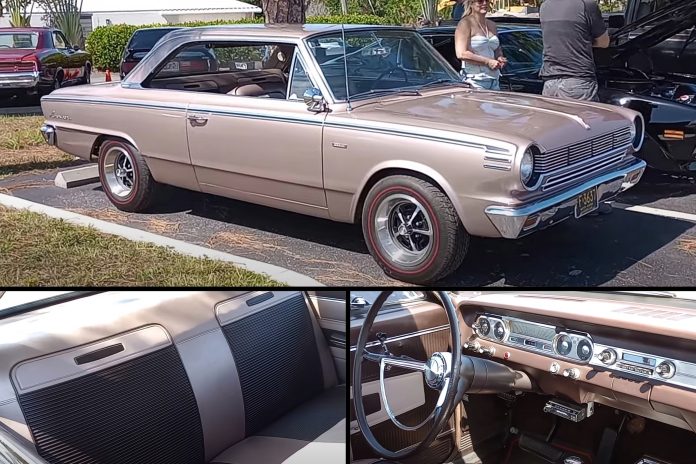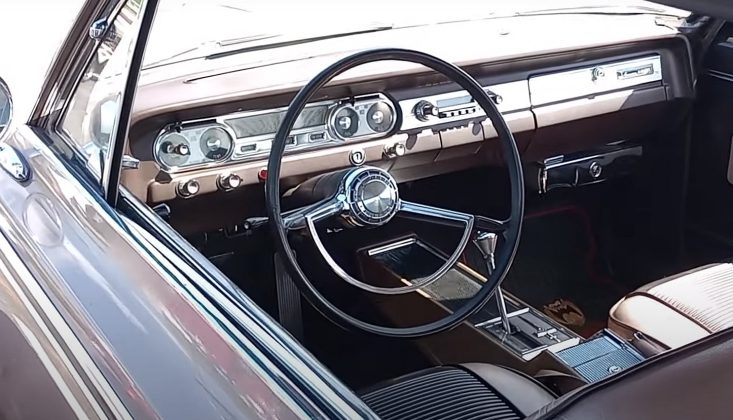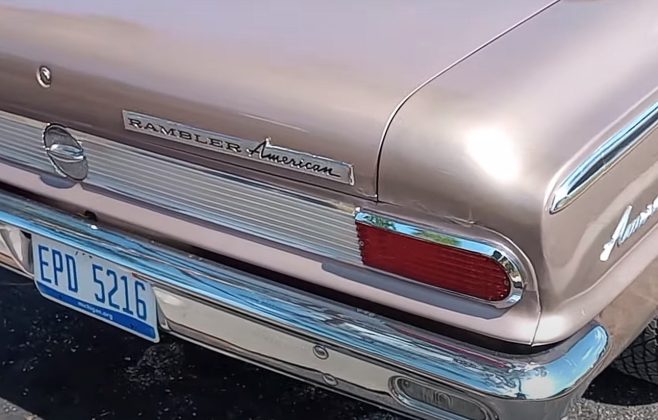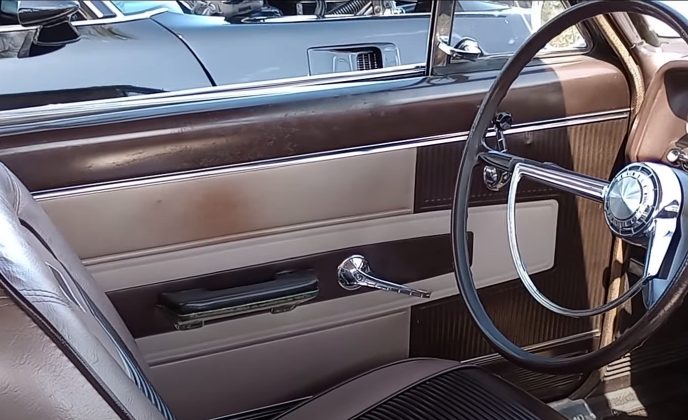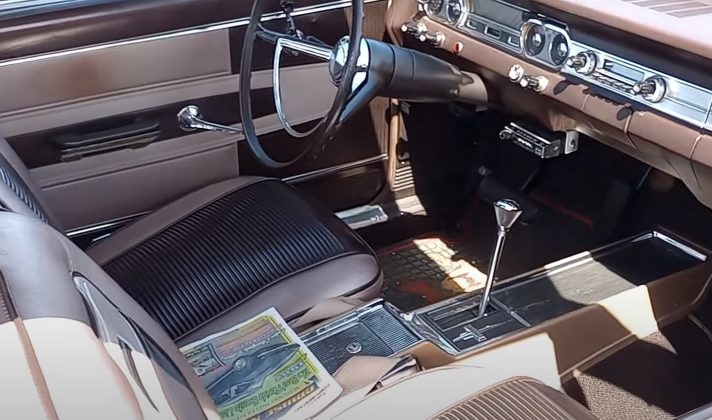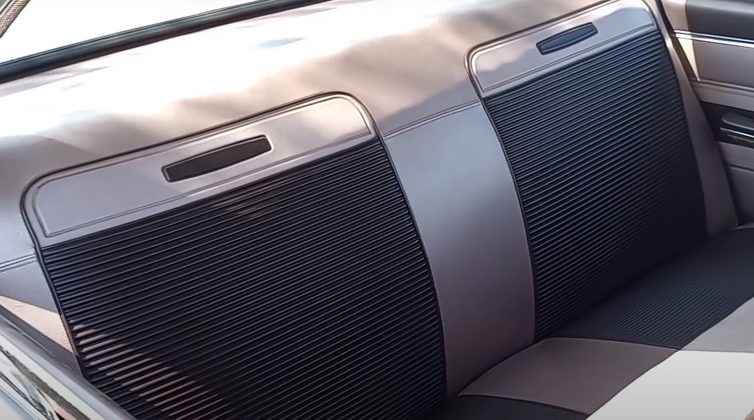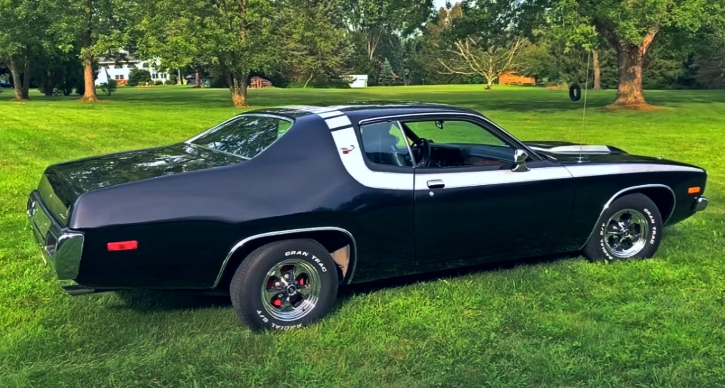When exploring mid-1960s American automobiles, the spotlight often falls on renowned models such as the Ford Mustang, Chevrolet Corvette, and Dodge Belvedere. However, amidst the dominance of the Big Three, American Motors Corporation (AMC), the fourth-largest US automaker during that era, tends to be overshadowed—an unfortunate oversight.

While the Big Three showcased popular models, it’s essential not to dismiss AMC’s vehicles as inferior. By 1965, AMC had made a mark with significant introductions, addressing various market segments. The Ambassador targeted the full-size category, while the Rambler Classic entered the midsize market.
The Compact Segment and Performance Prowess

The Rambler American, introduced in 1958, played a crucial role in the compact segment, preceding competitors like the Ford Falcon and Chevy II Nova. Moreover, AMC’s Rambler Rebel (1957-1960) pioneered the high-performance midsize segment, laying the foundation for the later muscle car market.
Moving beyond historical context, let’s focus on a standout third-gen Rambler American model—a testament to AMC’s automotive prowess. The Rambler marque debuted in 1958, underwent redesigns in 1961 and 1964, and remained in production until 1969. The third generation, introduced in 1964, featured a simpler, sportier design with notable updates like tunneled headlamps, a longer wheelbase, and expanded engine options.
A Unique Example in Montego Rose

Highlighting a specific 1965 Rambler American, its uniqueness lies in the choice of Montego Rose—a metallic, pink-like hue. This rare color, one of 13 options in 1965, adds to the car’s exclusivity. Notably, Montego Rose was discontinued by AMC before the 1966 model year, making this particular option a one-year-only feature.
The distinctiveness doesn’t end with the exterior. This Rambler boasts a matching interior, featuring the same light pink hue as part of a striking three-tone finish that includes tan and brown. Subjective as it may be, this combination is undeniably stunning.
Is this Rambler an unrestored survivor? The evidence suggests otherwise. Both inside and out, the vehicle showcases a level of restoration that deserves acclaim. The meticulous attention to detail transforms this AMC into a top-notch classic car, capable of earning accolades at any classic car concours event.
While identified as a 440 trim, details about the engine remain undisclosed. In 1965, AMC underwent a transition from the flathead six-cylinder to the brand-new overhead-valve straight-six, boasting 155 horsepower. Notably, AMC did not introduce a V8 in the Rambler American until 1966.
# FAQs: Frequently Asked Questions
**Q1: What is the significance of American Motors Corporation (AMC) in the mid-1960s?**
AMC, as the fourth-largest US automaker, made noteworthy contributions with models like the Ambassador and Rambler series, challenging the dominance of the Big Three.
**Q2: What sets the third-gen Rambler American apart?**
The third-gen Rambler American, introduced in 1964, stands out with its updated design, including tunneled headlamps, a longer wheelbase, and expanded engine options.
**Q3: What makes the 1965 Rambler American in Montego Rose unique?**
This specific model is distinguished by its rare Montego Rose color, a one-year-only option discontinued by AMC before the 1966 model year. The uniqueness extends to its matching three-tone interior.
**Q4: Is the showcased Rambler American a restored classic or an unrestored survivor?**
Judging by its impeccable condition both inside and out, the showcased Rambler American appears to be a meticulously restored classic rather than an unrestored survivor.
**Q5: What engine options were available for the 1965 Rambler American?**
While identified as a 440 trim, specific details about the engine remain undisclosed. However, the transition from a flathead six-cylinder to a brand-new overhead-valve straight-six with 155 horsepower occurred in 1965, and AMC did not introduce a V8 until 1966.



